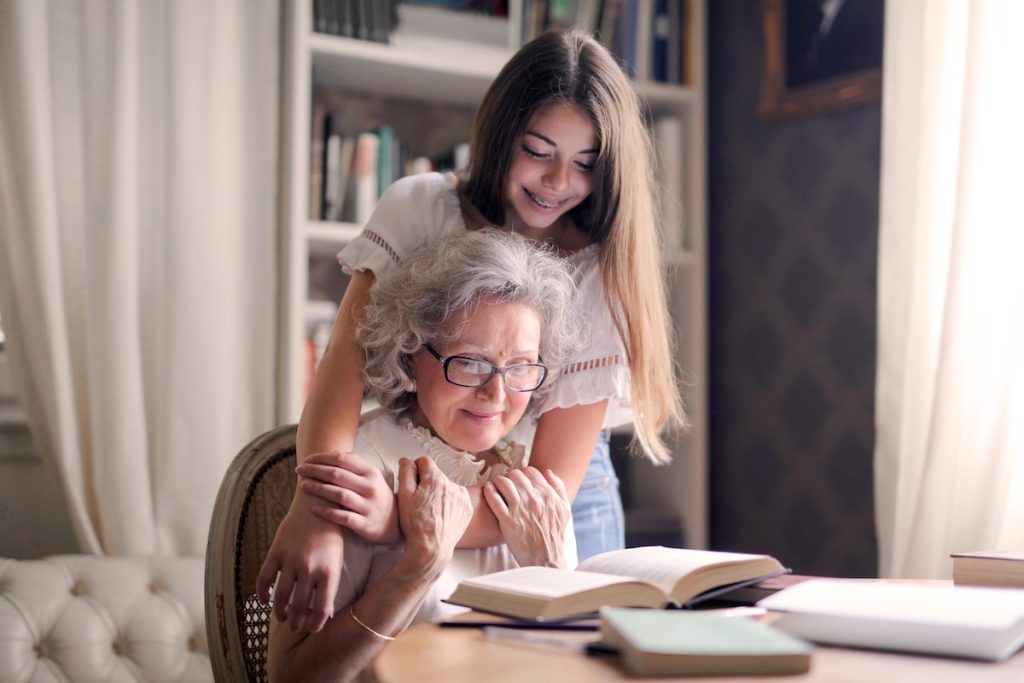More seniors would like to age in place. Statistics show that 88% of seniors want to stay at their homes rather than go to a retirement facility. However, almost half haven’t thought much about improving their homes and making them more accommodating for their older years.
This is one reason why many of their loved ones fear for their safety. They also fear leaving their elder adult relatives’ home alone, so they welcome them into their own residences. But then, not all houses are senior-friendly.
If you are expecting the same dilemma, you do not have to wait until your loved ones arrive before making the necessary changes. You can start preparing your home as early as now so that everything will be set and in place by the time they come.
Here are some things that you need to do to make your home more accommodating:
Declutter and Organize
One of the most important things you can do to prepare your home for a senior is to declutter and organize. When your house is full of clutter, it can be difficult for seniors to move around. It can also be dangerous if they accidentally trip over something.
Take the time to go through your things and eliminate anything you do not need. You can also organize your belongings so that they are more easily accessible. For example, you can put all your cleaning supplies in one cabinet and your dishes in another. Keep any potentially dangerous items, such as knives, out of reach.
When it comes to their room and common areas, seniors also appreciate having more storage space. This way, they can easily find what they need and put things away when they are finished with them. You can add additional shelving or remove furniture that takes up too much space.
Install Grab Bars and Railings
If your senior loved one needs a bit more help when getting around, you should install grab bars and railings in your home. These simple installations will make it easier for them to move from one room to another without relying on someone else.
You can put grab bars in the bathroom, in the shower, and near the toilet. You can also add these near the staircase and in other areas where your senior loved one might need extra support. Railings, on the other hand, are best for hallways and walkways.

Make sure to choose grab bars and railings made from sturdy materials and install them properly. You do not want them to come loose and cause your senior loved one to fall.
Install a Stair Lift
As much as possible, find a room your senior loved one can stay on the ground floor. This way, they no longer have to navigate the stairs to move from one level to another. If this is not possible, consider other options, such as installing a quality stair lift.
This device helps seniors move up and down the stairs with ease. This would be an excellent solution if your senior loved one wants to be independent but can no longer do so safely. Just make sure to choose a model that fits your staircase correctly.
You can find a brand-new or used one that matches your budget and kind of stairs. There are many reputable suppliers of quality stair lifts online. Find one with lots of great reviews, offers different types of affordable lifts for stairs, and can also do the installation and maintenance for you.
Make Sure There Is Enough Lighting
Another thing you need to do to make your home more accommodating for seniors is to ensure there is enough lighting. Poor lighting can make it difficult for seniors to see, leading to them tripping or falling. They might even have difficulty finding things if the lighting is not bright enough.
Consider installing additional light fixtures in your home or ensuring that the ones you already have are working correctly. You might also want to add motion sensor lights in key areas, such as the bathroom and kitchen. This way, your senior loved one will not have to fumble for a light switch when they need to use these rooms.
You can even turn to smart lighting solutions to make things more convenient. For example, you can get a light that they can control via voice or a mobile app. They no longer need to walk to the light switch whenever they need to turn the lights on or off.
Widen Doorways and Hallways
Most houses have doorways and hallways that are too narrow for seniors. This can make it difficult for them to move around, mainly if they use a wheelchair or walker. If possible, widen doors and hallways so your senior loved one can quickly get through.
Choose doors they most likely have to pass, like the front door, their bedroom door, and the door to the bathroom. If you have a sliding door, consider replacing it with a regular one. You might also want to install an automatic door opener to make things even easier for them.
As for hallways, ensure enough space for them to maneuver their wheelchair or walker. If possible, create a clear path from one room to another. You might need to remove some doors leading to different rooms in your house. Doing so will give your senior loved one more space to move around.
Preparing your home for a senior loved one doesn’t have to be overwhelming. This, however, requires that you take the necessary steps to make your home safe and accommodating for their needs. These tips should help you get started on the right foot.
